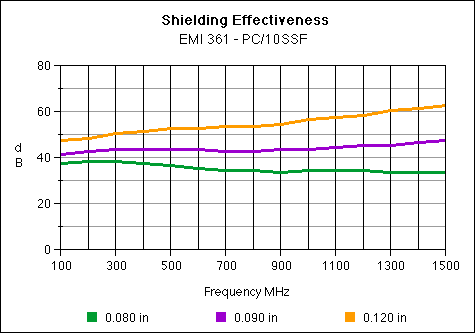Carbon Fiber
- Reinforcing
- Highest strength/modulus properties of the common shielding additives
- Lowest cost of the common shielding additives
- Low shielding performance
ASTM D4935: Standard Test Method for Measuring the Electromagnetic Shielding Effectiveness of Planar Materials
This test method provides a procedure for measuring the electromagnetic (EM) shielding effectiveness (SE) of a material due to a plane-wave, far-field EM wave. The test utilizes a coaxial transmission line to determine the shielding effectiveness of a given material. The test method is valid for a frequency range of 30 MHz to 1.5 GHz. Various thicknesses and types of materials can be tested to acquire a relative ranking of shielding effectiveness.
[note color=”#FFFFCC”]
RTP 300 Series Polycarbonate Compounds
[col type=”lts-one-half”]Advantages
- Creep resistance
- Toughness
- Dimensional stability
[/col][col type=”lts-one-half lts-col-last”]Limitations
- Chemical resistance
- Fatigue endurance
[/col]
Polycarbonate possesses excellent impact strength, high heat resistance and good dimensional stability. It was one of the first thermoplastics to offer these properties. Polycarbonate is resistant to water and to mineral and organic acids. It is not suitable for contact with aromatic and chlorinated hydrocarbons or strong alkaline substances.
RTP Company’s EMI 330 FR Series polycarbonate compounds incorporate stainless steel fiber, glass fiber, and/or flame retardant additives. These compounds are UL recognized with a rating of V-0 @ 1/16 inch (1.6 mm).
[/note]
No information supplied by RTP Company constitutes a warranty regarding product performance or use. Any information regarding performance or use is only offered as suggestion for investigation for use, based upon RTP Company or other customer experience. RTP Company makes no warranties, expressed or implied, concerning the suitability or fitness of any of its products for any particular purpose. It is the responsibility of the customer to determine that the product is safe, lawful and technically suitable for the intended use. The disclosure of information herein is not a license to operate under, or a recommendation to infringe any patents.





